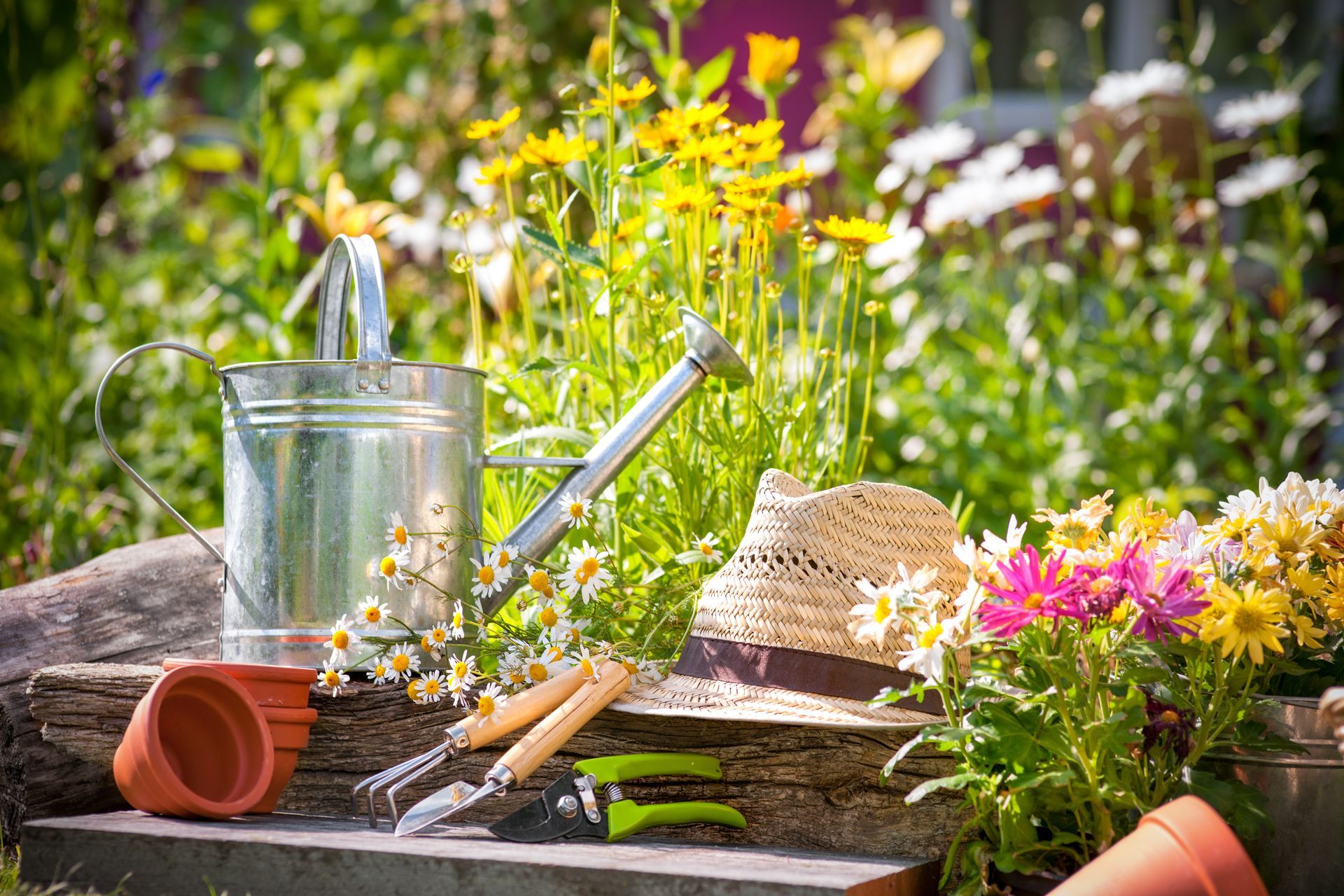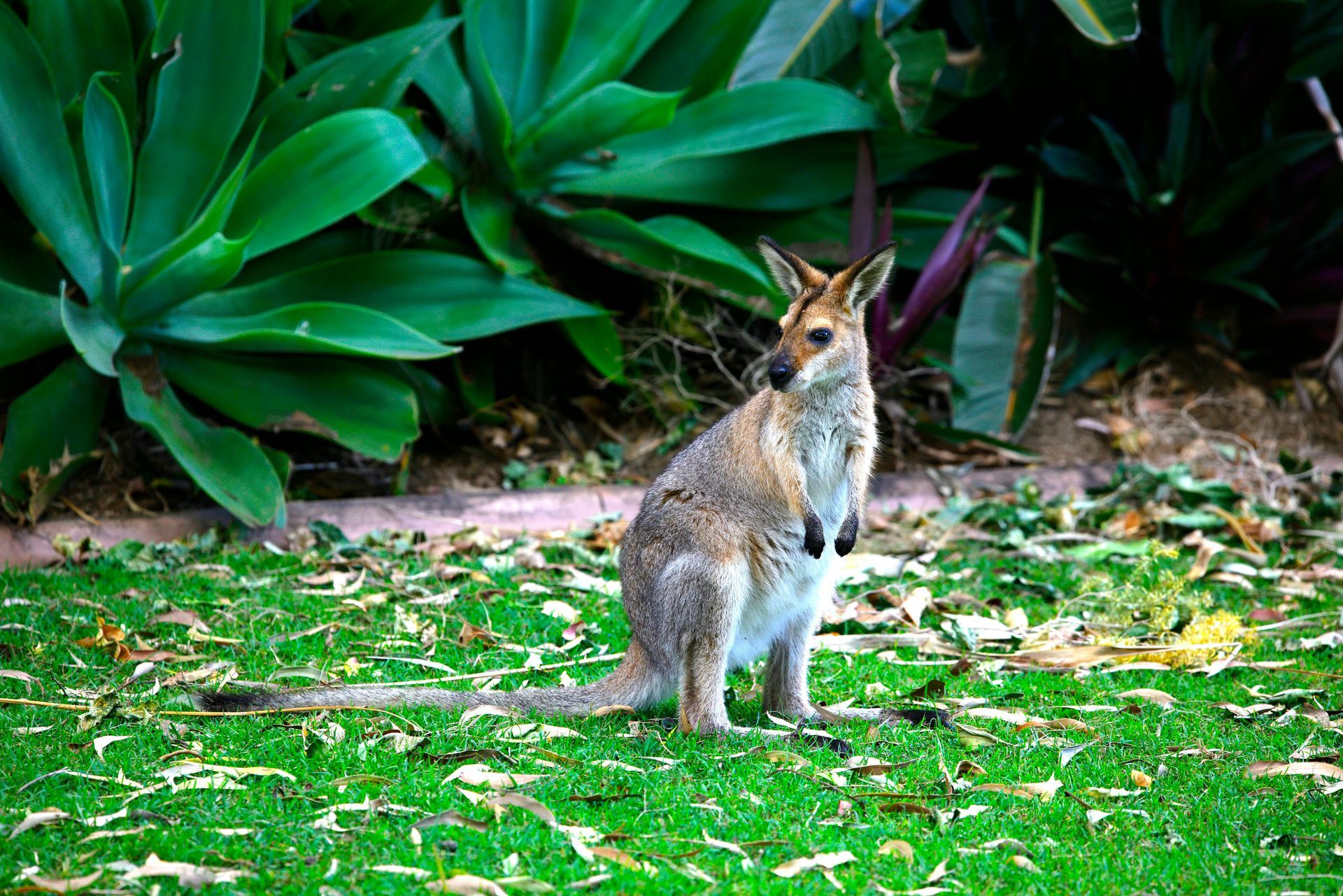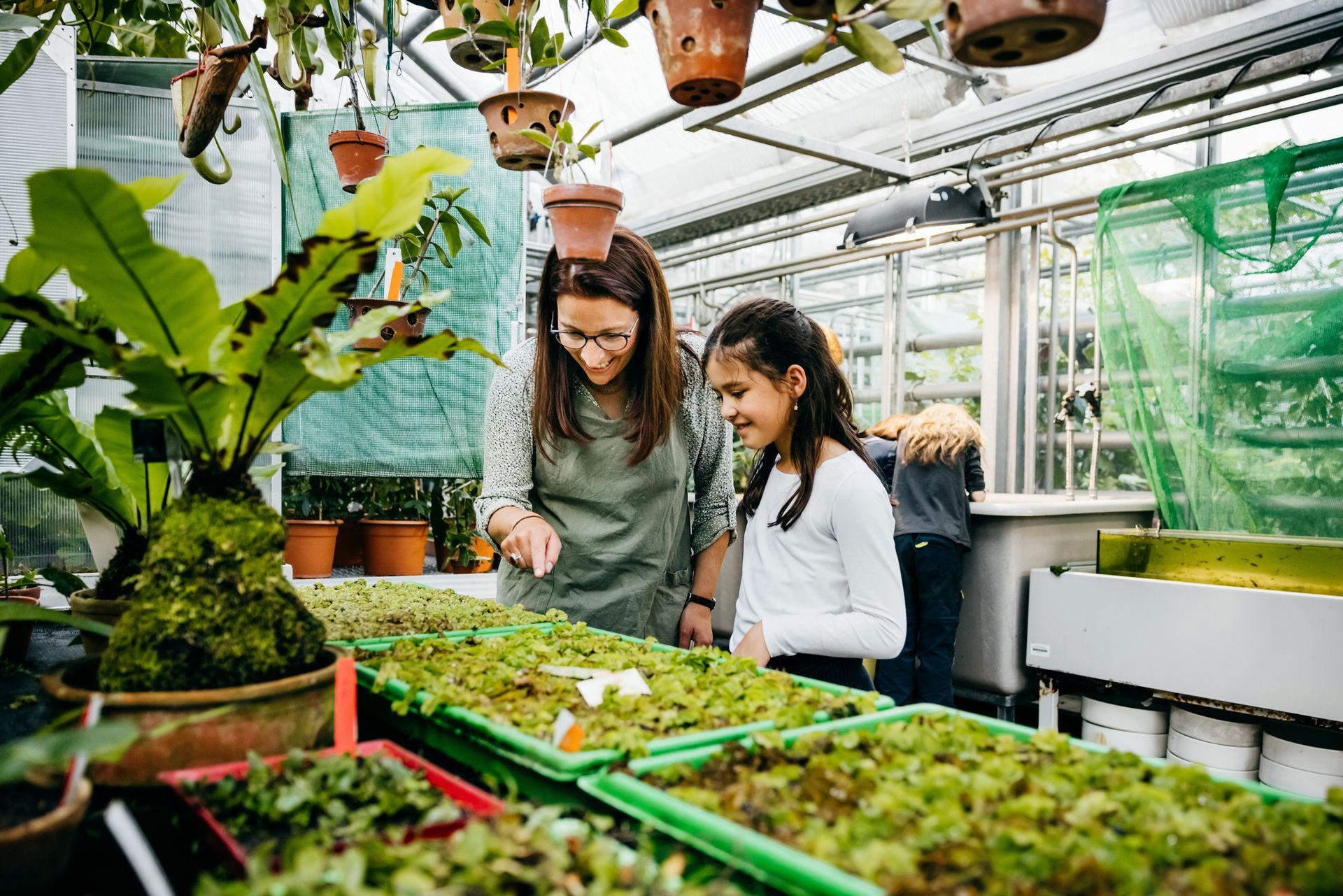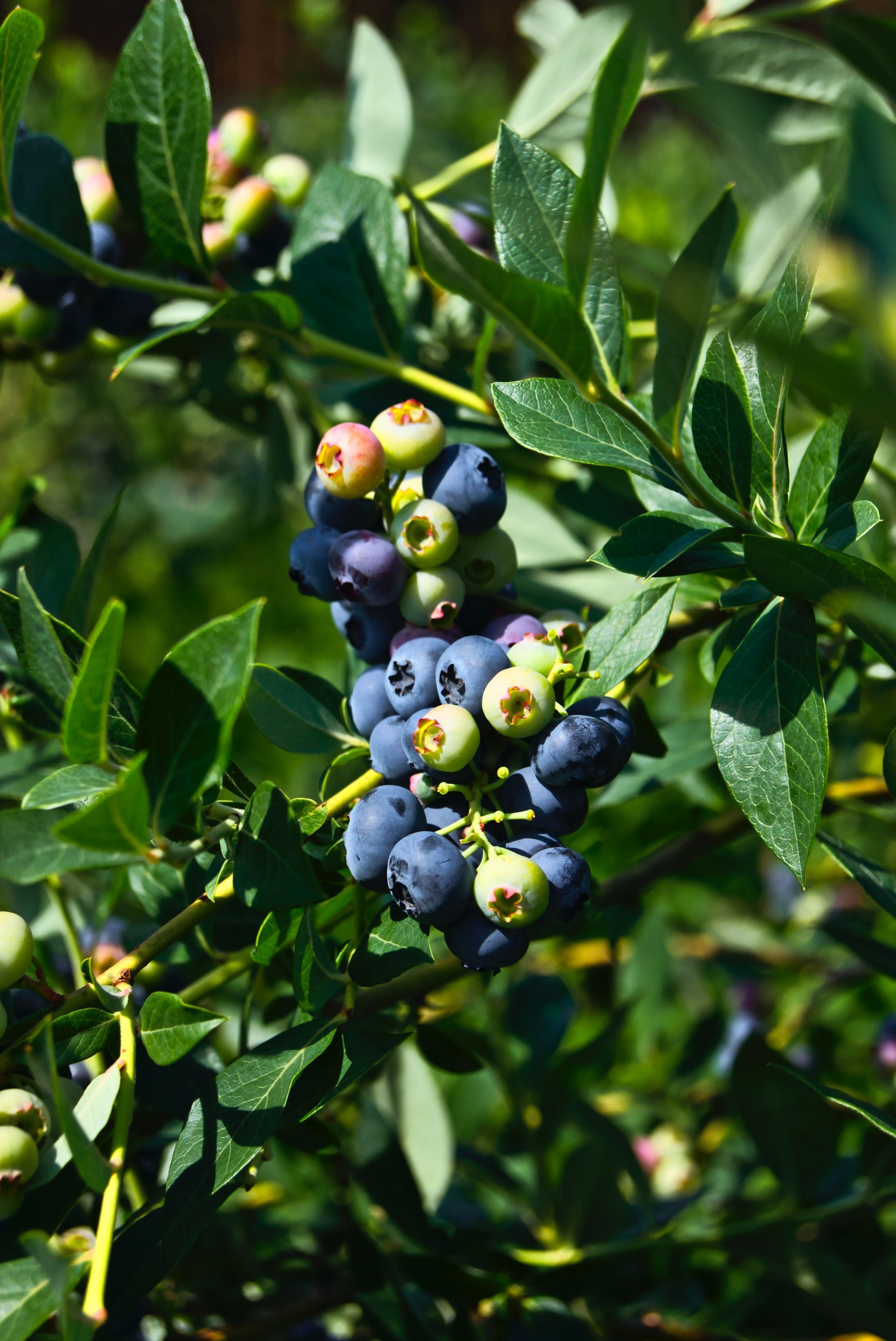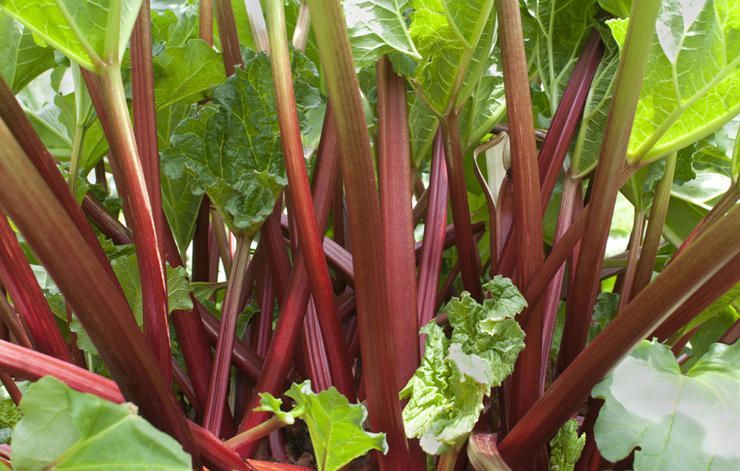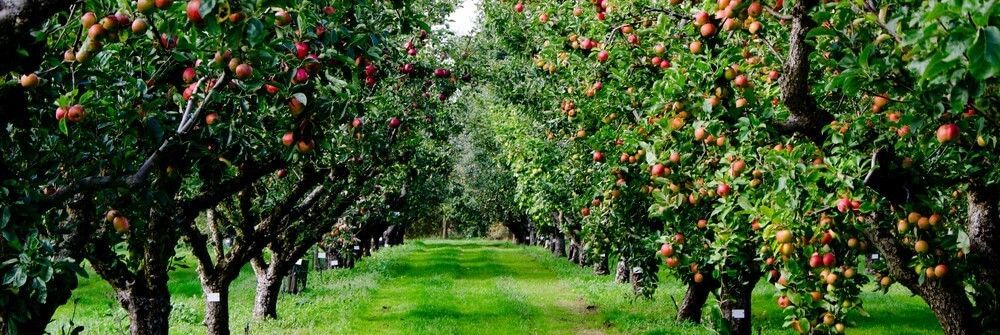BLOG & TIPS
QUICK LINKS
CONTACT INFORMATION
Phone: 03 6273 0611
Email: sales@stonemans.com.au
Address: 94 Grove Road Glenorchy, TAS, 7010
BUSINESS HOURS
- Mon - Fri
- -
- Sat - Sun
- -
Mon - Fri:
9:00 am - 5:00 pm
Sat - Sun:
9:00 am - 4:00 pm
Public Holidays:
10:00 am - 4:00 pm
Closed:
Christmas Day, Boxing Day, New Year's Day and Good Friday
Content, including images, displayed on this website is protected by copyright laws. Downloading, republication, retransmission or reproduction of content on this website is strictly prohibited. Terms of Use
| Privacy Policy

